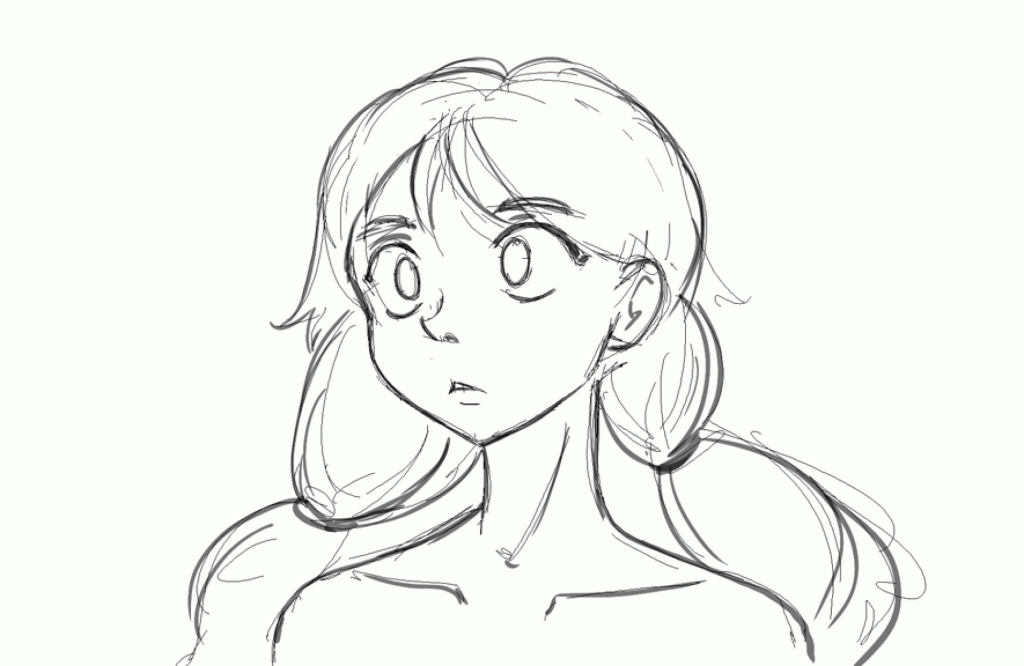Future plans.
I chose London College of Communication for a few different reasons. Initially I was applying for two courses, the other one was Illustration at Camberwell college. However my main goal was LCC due to positive first person feedback I got from some of my friends who previously studied there. LCC as a college feels very design and art directed compared to CSM which is obviously a lot more fashion focused. LCC has renovated its spaces and opened up many more facilities for people who are doing visual media such as graphic design, illustration, printmaking, publishing etc. I don’t have a proper education in illustration therefore I really want to be able to experiment with mediums and learn about it on a more professional level.
I started my application process in January, where I was asked to submit a portfolio of my work and a video introduction of myself. To prepare for it, I decided to create a completely new portfolio to demonstrate a range of my abilities that have accumulated in the past 5 years. That included my bachelor’s degree design projects which involved a more hands on skills that I acquired while working in workshops. This also included my personal comic project which I am currently working on, and of course my LIAF film from this course. Because I applied in January, I didn’t have my grad film done yet, and I still think of the LIAF trailer as one of my bigger artistic achievements.
I wanted to demonstrate a wide set of skills to prove that I was prepared to be able to self direct future projects on the course. LCC Illustration and Visual media is a very free course which doesn’t put restraints on projects and ideas, and its very independent led.
During my application process I was also asked to write a letter to immigration explaining why I decided to do another masters in UK.
My explanation is simple: After being in the UK for 8 years I grew very fond of the culture and to me I feel the most free to express my creativity here. Unfortunately the same privilege doesn’t apply to my home country. Taking another masters course will assure at least one more year of me being in the community that I learned to treasure and respect, and most importantly feel part of.
I’m hoping to find connections that won’t feed me empty promises of a career, but give me a more realistic view on the job market. I’m hoping to find my place in the publishing business or maybe in advertising where my place can be secured for the time being, and not limited to one project only. I’m looking for a position that will guarantee me a presence in the studio or company. Hopefully I can start with being an artist’s apprentice first, as I find being in the studio especially wonderful. But I’m trying to stay realistic and latch on to any opportunity that arises. Whatever gets me through to my goal.


